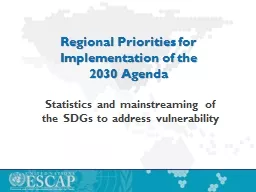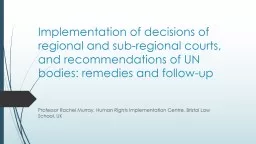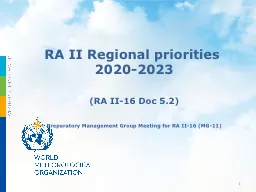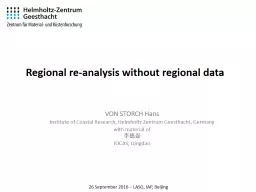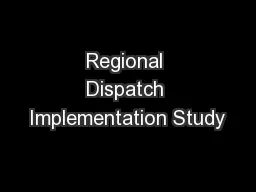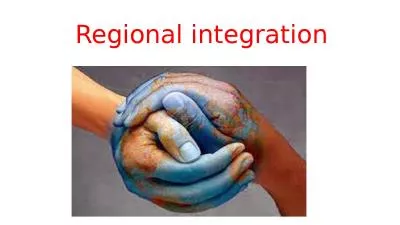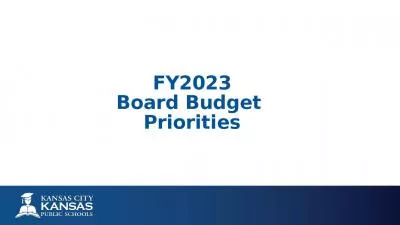PPT-Regional Priorities for Implementation of the
Author : alexa-scheidler | Published Date : 2017-05-28
2030 Agenda Statistics and mainstreaming of the SDGs to address vulnerability Perspectives on Answers to Which groups are amongst the most vulnerable in Asia
Presentation Embed Code
Download Presentation
Download Presentation The PPT/PDF document "Regional Priorities for Implementation o..." is the property of its rightful owner. Permission is granted to download and print the materials on this website for personal, non-commercial use only, and to display it on your personal computer provided you do not modify the materials and that you retain all copyright notices contained in the materials. By downloading content from our website, you accept the terms of this agreement.
Regional Priorities for Implementation of the: Transcript
Download Rules Of Document
"Regional Priorities for Implementation of the"The content belongs to its owner. You may download and print it for personal use, without modification, and keep all copyright notices. By downloading, you agree to these terms.
Related Documents

